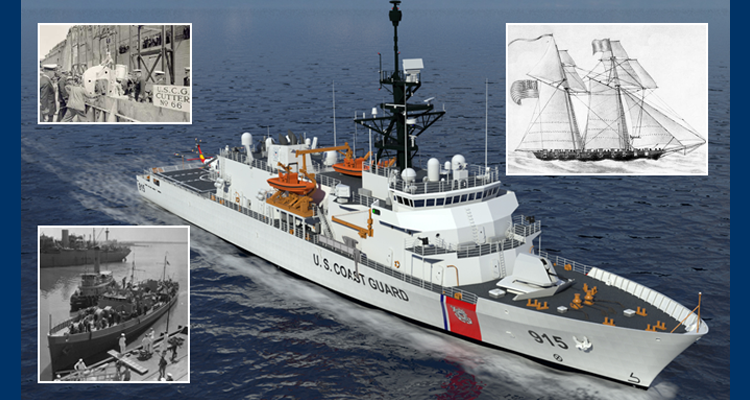
The offshore patrol cutter (OPC) is the Coast Guard's highest investment priority and will play a critical role in the service's future.
The Coast Guard’s missions have evolved in response to changing national and international maritime security needs. The OPCs are designed to meet these missions and provide long-term offshore capability. They will replace the 210- and 270-foot medium endurance cutters, some of which have served the Coast Guard for more than 50 years. The first OPC is scheduled for delivery in fiscal year 2022.
The Coast Guard is naming the Heritage-class OPCs after cutters that have played a significant role in the service’s history. The names of the first 11 ships are below.
Argus (WMSM 915)
The original cutter Argus was one of the first 10 ships built for the Revenue Cutter Service. It began its first patrol Oct. 16, 1791, and remained in service for 13 years, far longer than any of the other 10 cutters. More information is available here.
Chase (WMSM 916)
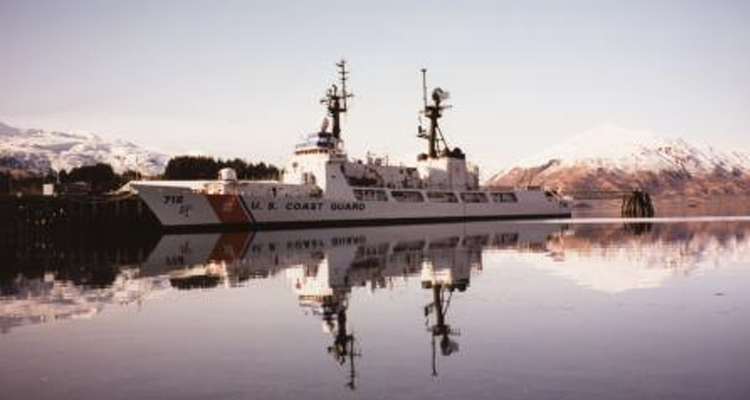
Six vessels bearing the name Chase figure into Coast Guard history. Three were named after Salmon Portland Chase, who served as Secretary of the Treasury under Abraham Lincoln, and two were named for Samuel Chase, a signatory of the Declaration of Independence. The USS Chase, built by the navy and manned by a Coast Guard crew, landed troops in Africa, Italy and Normandy during World War II. More information is available here.
Ingham (WMSM 917)
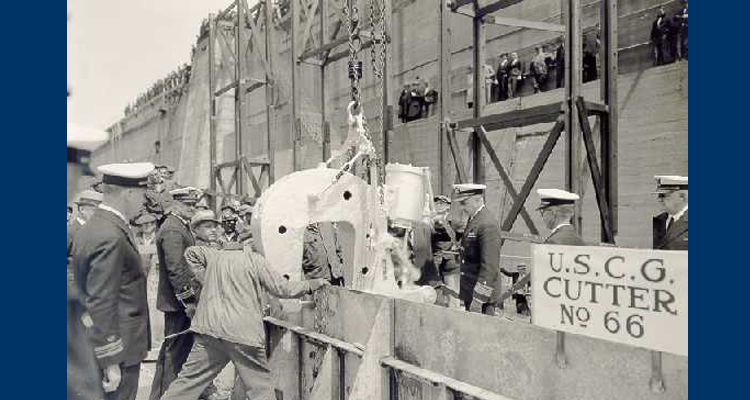
The first cutter Ingham was commissioned Sept. 12, 1936, and served in the North Atlantic, Pacific and Caribbean during World War II, executing vessel escorts, weather patrols and anti-submarine missions. It assisted weather stations and performed search and rescue during peacetime, and it conducted dozens of naval gunfire support missions during the Vietnam War. When Ingham left service, it was the most decorated vessel in the Coast Guard fleet and the only one to receive two Presidential Unit Citations. More information is available here.
Rush (WMSM 918)
Four cutters have previously been named after Richard Rush, the eighth treasury secretary. The most recent, a 378-foot high endurance cutter, served in Vietnam and assisted in the destruction of two enemy trawlers while on combat patrol with Coast Guard Squadron 3. A fifth cutter was named for Benjamin Rush, a signatory of the Declaration of Independence.
Pickering (WMSM 919)
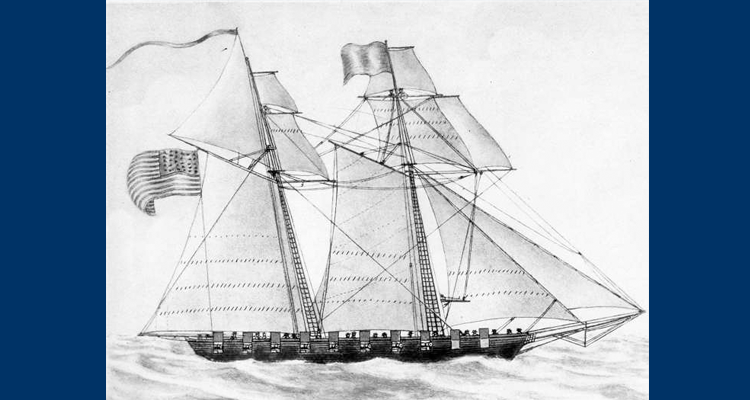
Only one Coast Guard cutter has been named Pickering. It was commissioned in 1798 and by the end of the year was transferred to the Navy to assist in the Quasi-War with France. In one incident, Pickering encountered a French privateer vessel, L’Egypte Conquise, and managed to capture it despite being outsized, outgunned, and outmanned. More information is available here.
Icarus (WMSM 920)
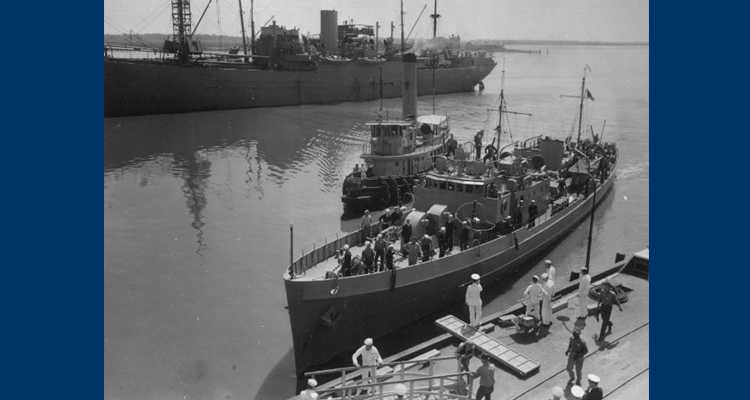
The original Coast Guard Cutter Icarus (WPC 110) was the first Coast Guard ship to sink an enemy submarine during World War II. The 165-foot cutter successfully sank the larger, faster and better-armed U-352 off the coast of North Carolina. U-352 was the second World War II U-boat sunk by the United States in American waters and the first from which survivors were taken. More information is available here and here.
Active (WMSM 921)
The current Coast Guard Cutter Active entered service in 1965 and is still operating from Port Angeles, Washington. Seven other cutters bore the name Active, the second of which fought in the War of 1812. As one of the faster ships in the American fleet, it was used primarily for reconnaissance and blockade running. More information is available here.
Diligence (WMSM 922)
Diligence was the name for six cutters in Coast Guard history. The fourth was transferred to the Navy for the War of 1812 and rescued the crew of another American ship, Defiance, after the vessel sank in a storm off the Atlantic coast. The current Coast Guard Cutter Diligence operates from Wilmington, North Carolina. More information is available here.
Alert (WMSM 923)
Eight Coast Guard cutters have been named Alert in the service’s history. The 6th was transferred to the Navy during World War I. The 8th Alert was commissioned in 1969 and is still in service. It is stationed in Astoria, Oregon.
Vigilant (WMSM 924)
The 10th OPC will be the 13th cutter in Coast Guard and Revenue Cutter Service history to bear the name Vigilant. A 210-foot medium endurance cutter named Vigilant was commissioned in 1964 and is still in service, operating out of Port Canaveral, Florida. More information is available here.
Reliance (WMSM 925)
Three cutters named Reliance have served in the Coast Guard. The first blockaded ports and transported troops for the Union in the Civil War. The second was one of the first American ships to be stationed in Alaska after the territory was purchased from Russia in 1867. The third Reliance fought at Pearl Harbor during the Japanese attack that brought the U.S. into World War II. More information is available here.
For more information: Offshore Patrol Cutter program page